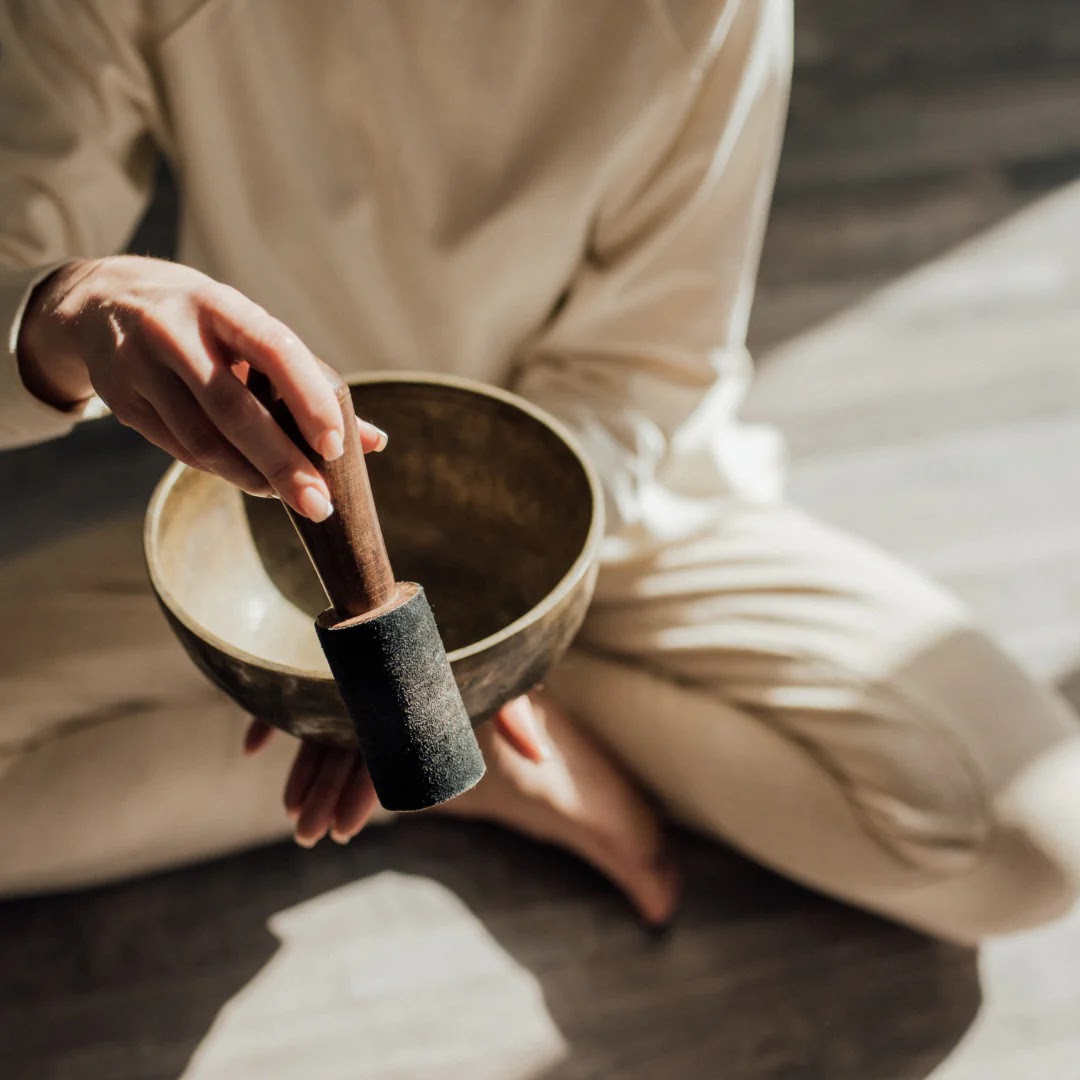The Murky Origins and Enduring Allure of Tibetan Singing Bowls
The enchanting sounds of Tibetan singing bowls have captivated hearts and soothed souls for centuries. But where exactly did these bowls originate, and how did their journey lead them to become a symbol of tranquility in modern times?
Unveiling the Myths and Legends
Unlike many historical artifacts, the origins of Tibetan singing bowls remain shrouded in a veil of mystery. While written records are scarce, captivating legends abound. One popular tale credits the bowls to the Buddha himself, suggesting their existence stretches back over 2,500 years. Another legend attributes their introduction to Tibet to Padmasambhava, a revered Buddhist master who brought them in the 8th century AD.
Beyond the Himalayas: A Broader Story
While the "Tibetan" label is widely used, archaeological evidence suggests a more nuanced story. Singing bowls, or standing bells as they were first known, likely originated in the Himalayan region encompassing Nepal, India, and Tibet. Analyses reveal their existence dates back 3,000 to 6,000 years, predating their association with Tibetan Buddhism. Interestingly, depictions of bowls have even been found in statues of the Buddha, hinting at their potential connection to early Buddhist practices.
A Modern Marketing Marvel?
Some scholars posit that the "Tibetan singing bowl" moniker may be a relatively recent invention. They point out that the term wasn't documented until the 1970s, coinciding with the rise of New Age music and growing interest in Eastern spiritual practices. This theory suggests the name was a marketing strategy to imbue the bowls with a sense of exoticism and spiritual significance. Regardless of the truth behind the name, there's no denying the bowls' connection to the Himalayan region and the cultural practices that have flourished there for millennia.
From Ritual to Relaxation: The Evolving Role of Singing Bowls
Traditionally crafted from a blend of metals, singing bowls played a significant role in Himalayan cultures. Monks employed them in religious ceremonies and meditation practices, believing their sounds cleansed negativity and promoted healing. They were even used in daily life, marking time or signaling the start and end of activities. The bowls weren't just confined to the monasteries; everyday people may have used smaller versions for similar purposes.
The Science Behind the Sound
The captivating sounds produced by singing bowls extend far beyond aesthetics. When played, the bowls vibrate, emitting deep sound waves that resonate within the body. Studies suggest these vibrations can lower blood pressure, reduce stress, and even alleviate pain. The focused listening required to appreciate the bowls' evolving tones can also act as a form of meditation, fostering inner peace. This newfound scientific understanding complements the traditional beliefs about the bowls' healing properties.
A Legacy that Endures
Today, Tibetan singing bowls continue their journey, gracing yoga studios, meditation centers, and even homes around the world. Their enduring appeal lies in the unique blend of history, spirituality, and potential health benefits they offer. Whether you're drawn to their cultural significance, their potential for relaxation, or simply their mesmerizing sounds, Tibetan singing bowls remain a timeless testament to the power of sound and its ability to touch the mind, body, and spirit. As we continue to learn more about their history, their captivating allure seems certain to endure for generations to come.


Comments
Post a Comment